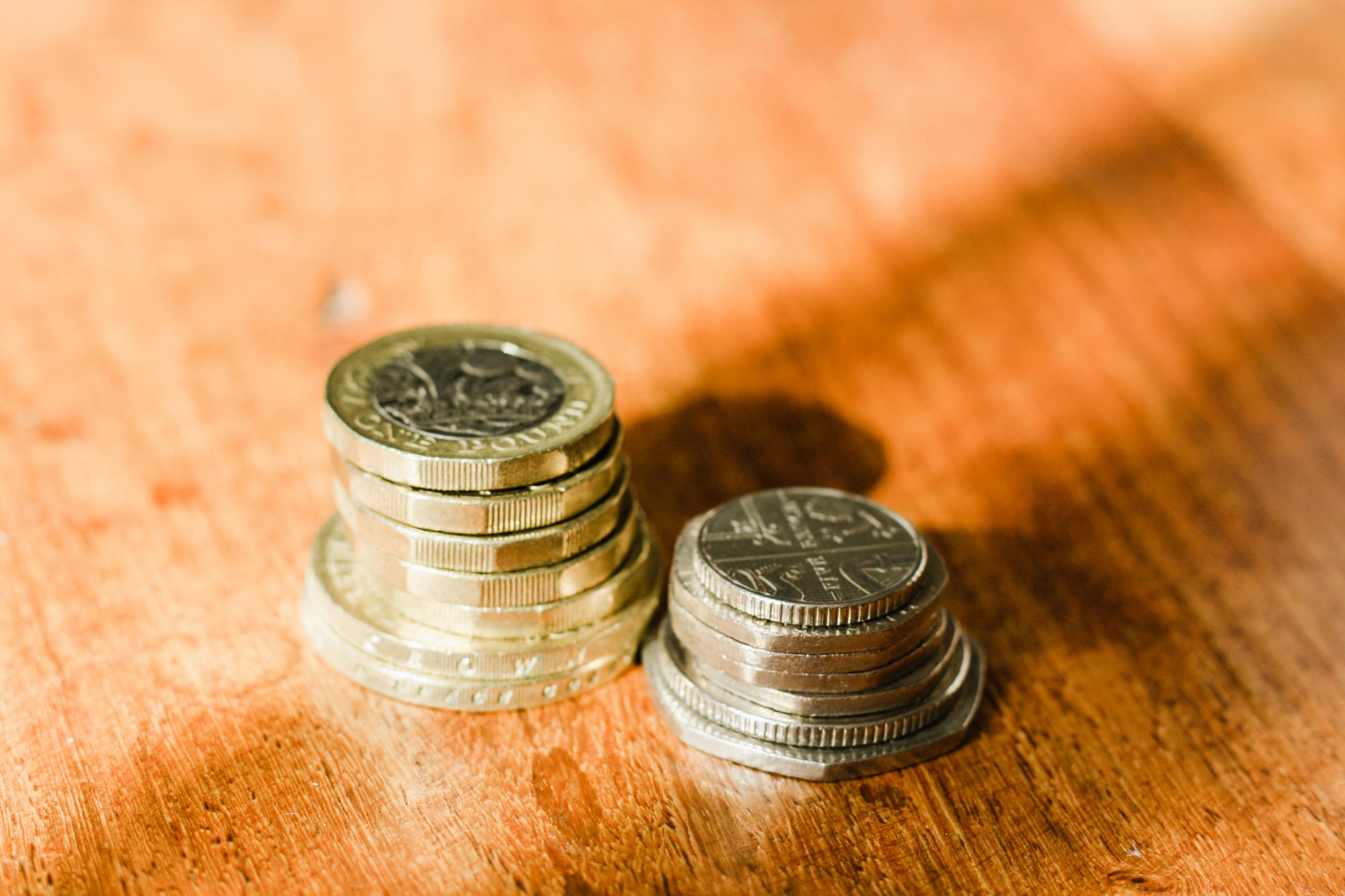The Vanishing Touch: How We Became Detached from Physical Money
For centuries, coins and banknotes weren’t just tools of exchange—they were symbols of value, trust, and even identity. To hold money was to feel its weight, to hear the jingle of coins in a pocket or the crisp snap of freshly printed bills. But in today’s increasingly digital world, our relationship with money has undergone a profound transformation. The once tangible experience of “having” wealth has been replaced by numbers on a screen, swipes of a card, or even a tap of a phone.
The Shift to Digital Convenience
The transition wasn’t sudden—it began with checks, debit cards, and online banking. Over time, payment apps, digital wallets, and contactless transactions normalized the idea that money no longer needed to be physical. The COVID-19 pandemic accelerated this shift, as contactless payments became both a matter of convenience and a public health necessity.
Today, most people rarely carry cash. Salaries are deposited directly into accounts, bills are paid online, and purchases are made through Apple Pay, PayPal, or Venmo. Money is now a digital flow, invisible yet instantly accessible.
What We Lost Along the Way
While digital money has given us speed and ease, it has also created a sense of detachment. Handling cash made transactions real. Physically parting with a $20 bill carried psychological weight—you could literally feel your wallet get lighter. By contrast, swiping a card or tapping a phone removes that tactile moment of exchange.
This detachment has consequences. Studies have shown that people tend to spend more when paying digitally, because it feels less painful than parting with cash. Digital payments blur the line between what we can afford and what we want in the moment.
The Question of Trust
There’s also a deeper, more philosophical shift at play. Physical money was backed by institutions and carried national symbols that reinforced collective trust. Digital money requires a new kind of faith—not in coins or banknotes, but in networks, servers, and algorithms. The rise of cryptocurrencies adds yet another layer: value no longer tied to governments but to code, consensus, and speculation.
A Cashless Future?
Some countries, like Sweden, are already nearing a fully cashless society. For many, that future seems inevitable. Yet, cash still serves important roles: it is accessible to those without digital infrastructure, it offers privacy in a world of increasing surveillance, and it provides a backup when technology fails. The gradual disappearance of physical money raises critical questions about inclusion, security, and control.
Relearning the Value of Money
Perhaps the challenge ahead is not choosing between digital and physical, but ensuring balance. Digital money offers efficiency, but physical money reminds us of the tangible value behind our transactions. As we move toward a fully digital future, we risk losing not just the physical tokens of exchange, but also the psychological anchor that reminds us of what money really means.
Share this content:










